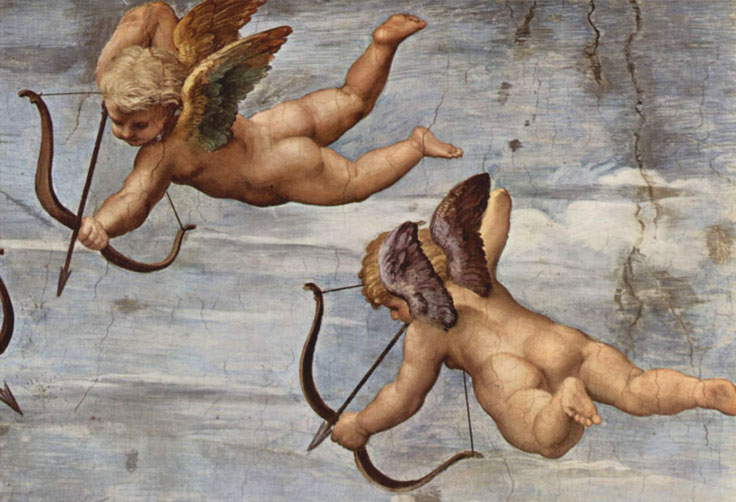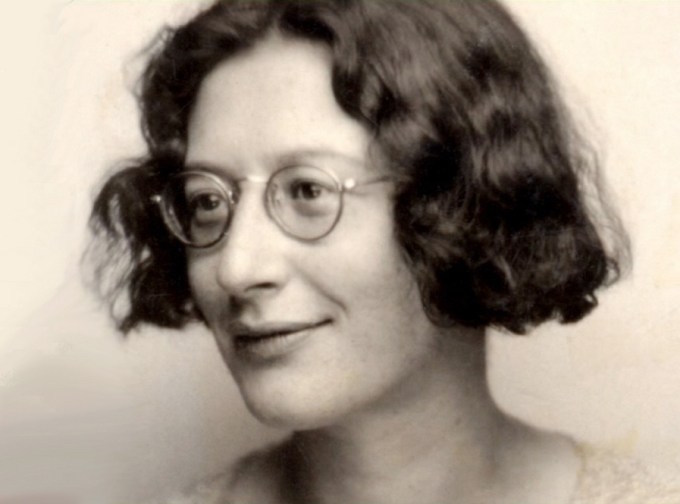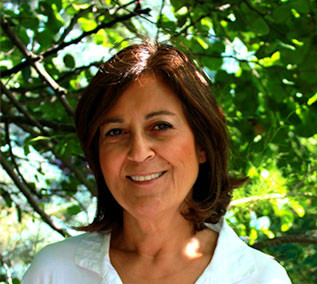
But already my desire and my will
Were being turned like a wheel, all at one speed,
By the love which moves the sun and the other stars.
in his timeless Divine Comedy, Dante described the euphoric state of love as the gravitational force which moves the solar systems and which holds the universe together.
Simone Weil (1909-1943), the renowned French philosopher, teacher and activist with outstanding intellectual gifts and mystical devotion said :
Two forces rule the universe: Light and gravity.

She described the soul’s movements in Gravity and Grace :
All the natural movements of the soul are controlled by laws analogous to those of physical gravity. Grace is the only exception. We must always expect things to happen in conformity with the laws of gravity unless there is supernatural intervention.
On the gravitational pull warping the heart of every human, she relates :
Creation is an act of love and it is perpetual. At the center of the human heart is the longing for an absolute good, a longing which is always there and is never appeased.
Yet to love and be loved is the essential human condition, she explains :
To love and to be loved only serves mutually to render this existence more concrete, more constantly present to the mind. But it should be present as the source of our thoughts, not as their object. Among human beings, only the existence of those we love is fully recognized. But accepting the other human beings as such is love.
Love tends to go ever further and further, but there is a limit. When the limit is passed love turns to hate. To avoid this change love has to become different.
It has to evolve to a level higher than carnal love since as Plato said it “ Carnal love is a degraded image of true love.”
She alludes to the “imaginary loves” and our illusory attachments:
Love needs reality. What is more terrible than the discovery that through a bodily appearance we have been loving an imaginary being. It is much more terrible than death, for death does not prevent the beloved from having lived. That is the punishment for having fed love on imagination. […]
The reality of the world is the result of our attachment. It is the reality of the self which we transfer into things. It has nothing to do with independent reality. That is only perceptible through total detachment. Should only one thread remain, there is still attachment. Attachment is a manufacturer of illusions and whoever wants reality ought to be detached.
Only then, Weil says that one can empty oneself and be ready to receive true love. The love that Dante describes – which turns the universe and elevates the soul.
Duygu Bruce













Social Profiles